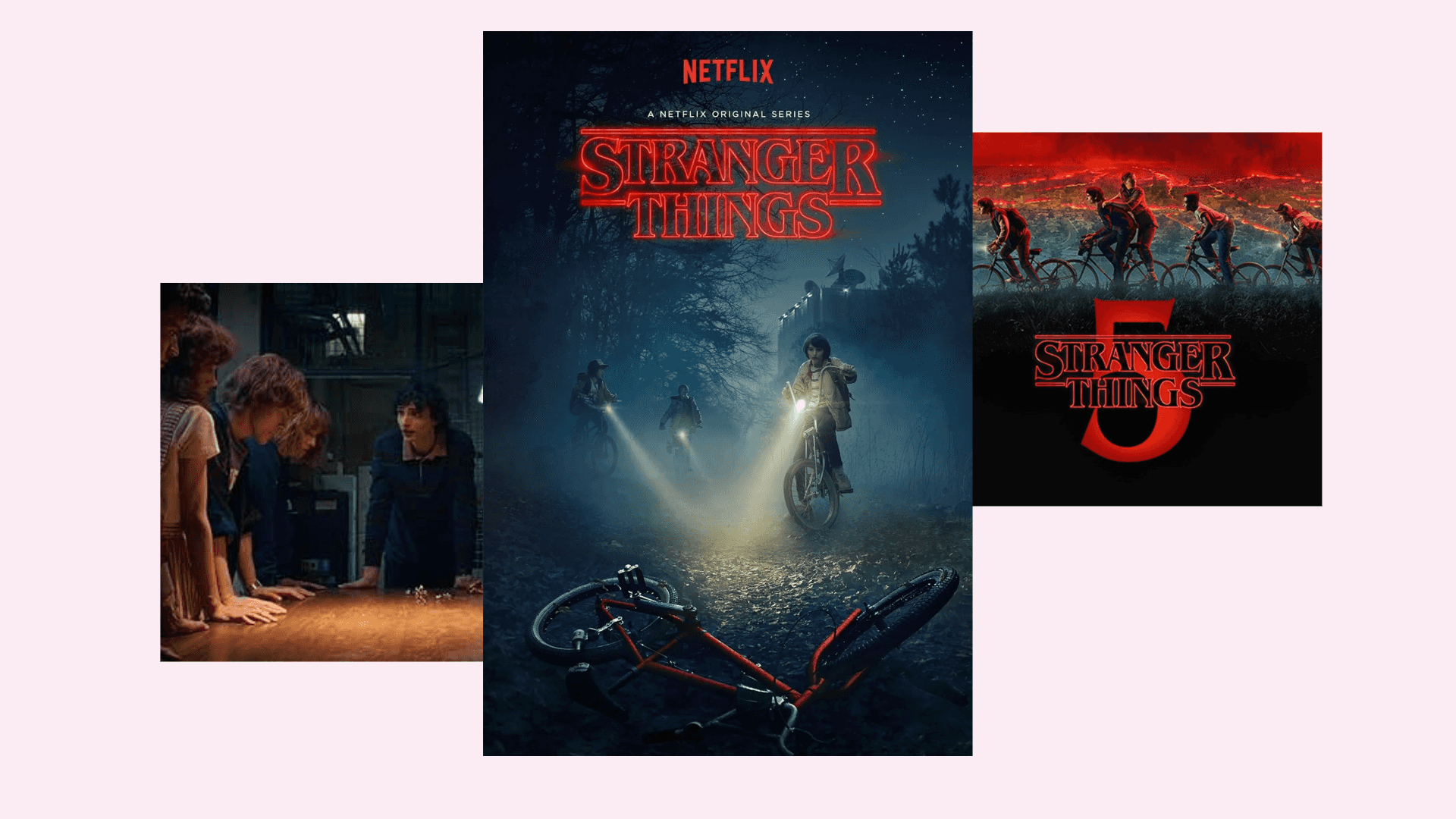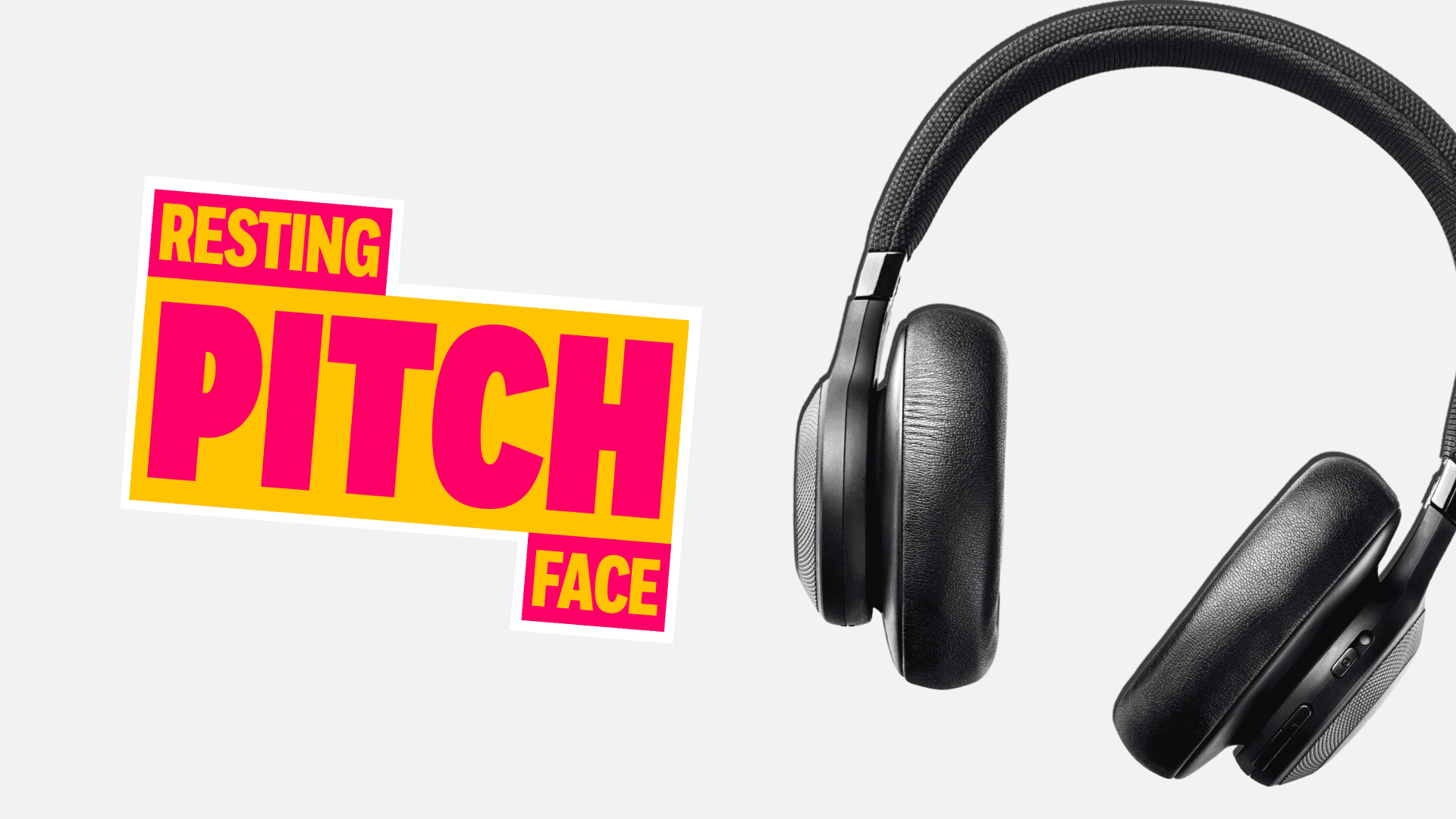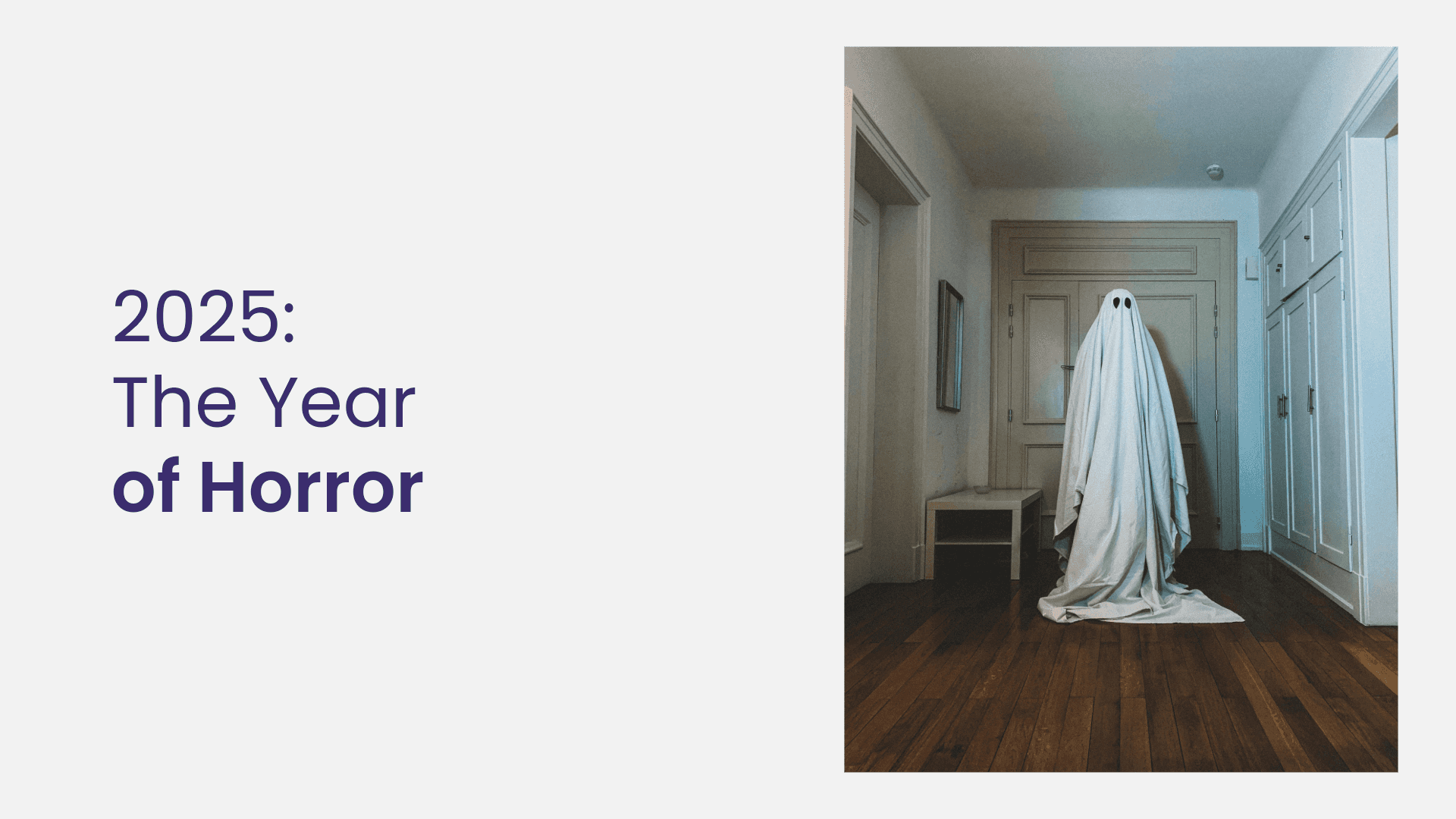
Video Frame Rates: What Do They All Mean?
Written by Daniel
In my opinion, frame rates are one of the most important technical aspects of videography. Your choice of frame rate can be the difference between professional, cinematic footage and footage that looks like it’s been shot on a phone.
What are video frame rates?
In order for video footage to be captured, your camera needs to take a series of still images in quick succession. Each of these still images is called a “frame”.
Frame rates refer to the number of still images that a camera captures in the space of a second, also known as “frames per second” or “fps”.
Standard Video Content
24fps
The vast majority of Hollywood films are displayed in 24fps, therefore filming in this frame rate can make your footage seem a lot more cinematic. Whilst the average person may not be able to consciously differentiate between 24fps footage and other frame rates, most professional videographers can tell the difference. In addition, most of the Western world has been conditioned to associate 24fps video content with high-budget movies, therefore it’s likely that a lot of people will subconsciously notice the difference.
One of the main disadvantages of filming in 24fps is that it can look quite choppy and unprofessional when slowed down. With this in mind, if you’re shooting footage with the intention of slowing it down in post-production, we’d always recommend filming in a higher frame rate. Using a plugin such as Twixtor Pro to slow down your footage can also help to avoid any choppy slow motion footage.
25fps
25fps is the frame rate used for TV video content in the UK and any other countries that use a 50Hz power standard, such as Germany, Australia and the United Arab Emirates.
A lot of modern DLSR cameras offer the option to film in 25fps, which can often be confusing for videographers that have always been taught to film in 24fps. If you’re ever stuck between the two, we’d recommend filming in 24fps unless you know that your video content will be played on UK television.
30fps
As the power standard in the United States, Brazil, Mexico and many other countries is 60Hz, many modern cameras also offer the option to film video content in 30fps. Traditionally, this is the frame rate used for TV video content in the US. As your camera is capturing more still images per second than it is with 24fps footage, this frame rate can be ideal for sport and other types of fast-moving video.
https://actioncamguides.com/
It’s also important to bear in mind that the vast majority of home video cameras from the 2000’s and early 2010’s only had the option to film in 30fps. With this in mind, people often associate video that’s filmed in 30fps with lower-quality, home-made video content.
Similarly to 24 and 25fps, we’d recommend avoiding filming slow motion footage in 30fps as it can come out looking choppy and unprofessional.
Slow Motion Video Content
50fps
For most semi-professional DSLR cameras manufactured in the UK, or other countries with the 50Hz power standard, 50fps is the highest available frame rate. This is the ideal frame rate for shooting slow motion footage; with more than double the number of still images being taken than 24fps, the footage will look far smoother when slowed down.
If your camera has the option to film in higher frame rates, then 50fps can still be useful for slow motion footage for things such as tracking shots of people walking, shaking hands and other slow-to-mid speed actions.
Just to note, any footage that is captured in 50fps or above but hasn’t been slowed down can also come across as unprofessional. Similarly to 30fps footage, this is because people simply aren’t used to watching normal speed video content in any other frame rate than 24fps.
60fps
60fps is the US equivalent of 50fps, just like 30fps is to 25fps. If your camera was manufactured in the US or one of the other countries that uses the 60Hz power standard then it’s likely that it will offer the ability to film in 60fps rather than 50. Of course, some of the more expensive cameras may offer the option to film in both.
100/120fps
The next significant frame rate is 100fps (UK) or 120fps (US), however it’s very rare that you’ll find a camera that films either of these frame rates in 1080p for under £1,000. For most amateur videographers, 50/60fps will get you the results that you’re looking for anyway. Saying that, if you can afford a camera that films in 100/120fps then it’s certainly worth the investment. This frame rate is perfect for smooth, cinematic slow-mo sequences of events that happen quickly in real time – for example, a tracking shot of someone running or a moving car.
200/240fps
The next level up from 100/120fps is 200fps (UK) or 240fps (US). This frame rate is available on even fewer consumer cameras – the Sony GH5S is one of the few mirrorless and DSLR cameras that can record 240fps video at 1080p. Saying that, for people wanting to access 240fps without having to shell out on a camera worth several thousands of pounds, the new GoPro HERO7 actually offers 240fps slow motion in 1080p. In practice, it’s rare that you’ll even need to film in this frame rate as it is very slow, however, it can be perfect for slowing down fast-paced action sequences. If you’ve ever seen videos of a water balloon exploding in slow motion, or someone being hit in the face in slow motion, it’s likely that the footage was shot in 200/240fps or above.
So there you have it, the ultimate guide to video frame rates. It’s also important to note that, whilst some cameras offer the option to film in higher frame rates, it comes at the cost of video quality. By this, I mean that some cameras may be able to film in 120fps, but only at 720p. Whilst frame rates are one of the most important technical aspects of videography, they’re not as important as video quality. With this in mind, we always avoid filming in anything below 1080p unless absolutely necessary.
Do you have any other tips or recommendations on video frame rates? Why not drop a comment below or let us know on Twitter or Instagram?
Want to discover more digital marketing tips and tricks? Why not sign up to our mailing list for all the latest insights from Flaunt Digital?








